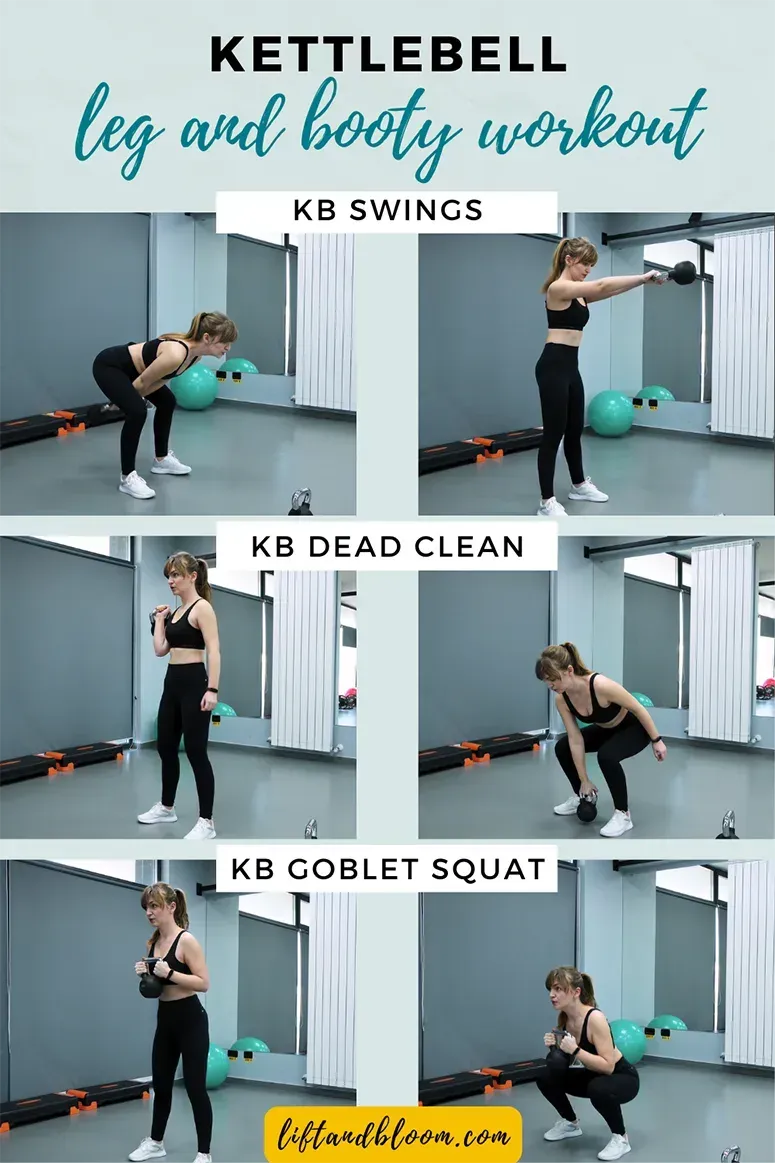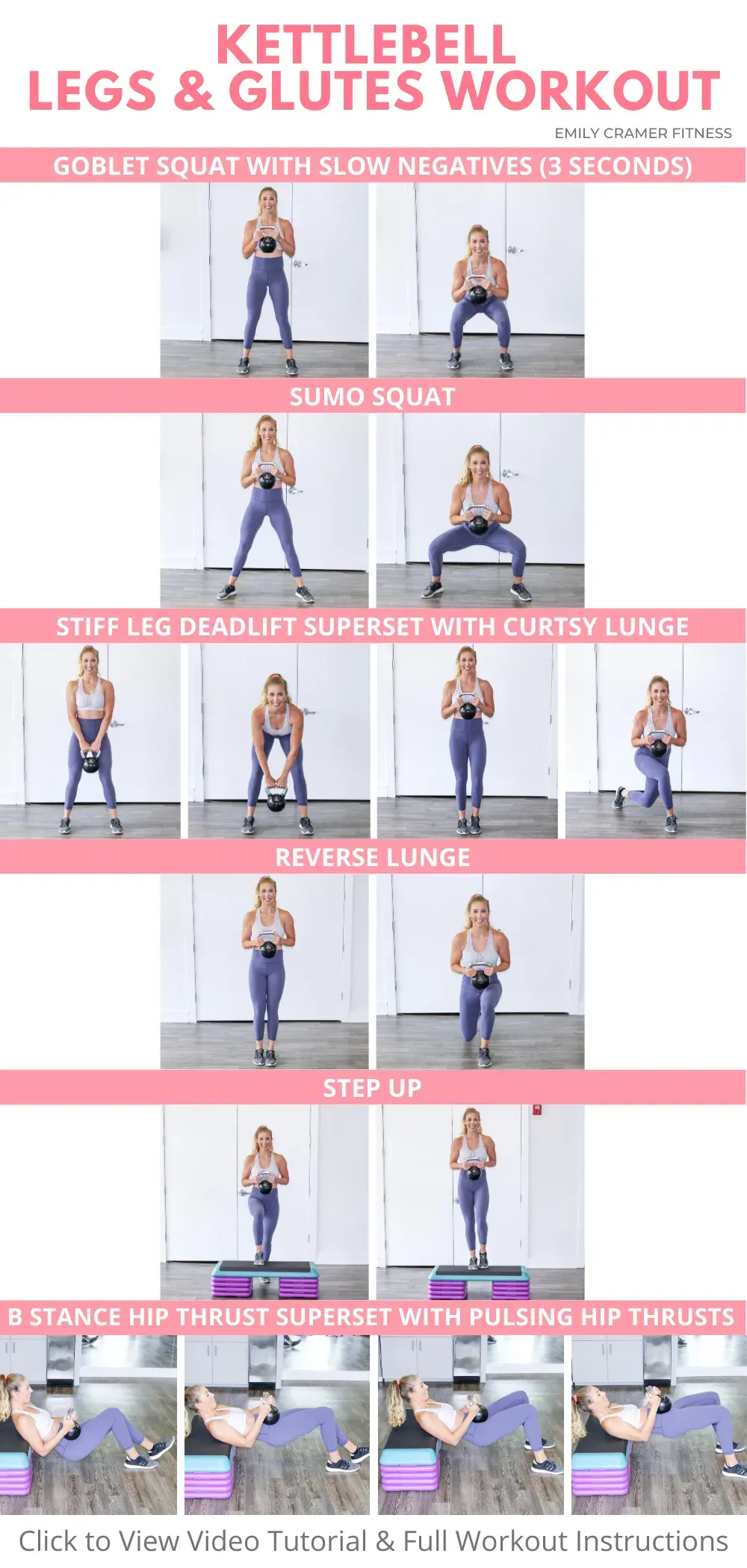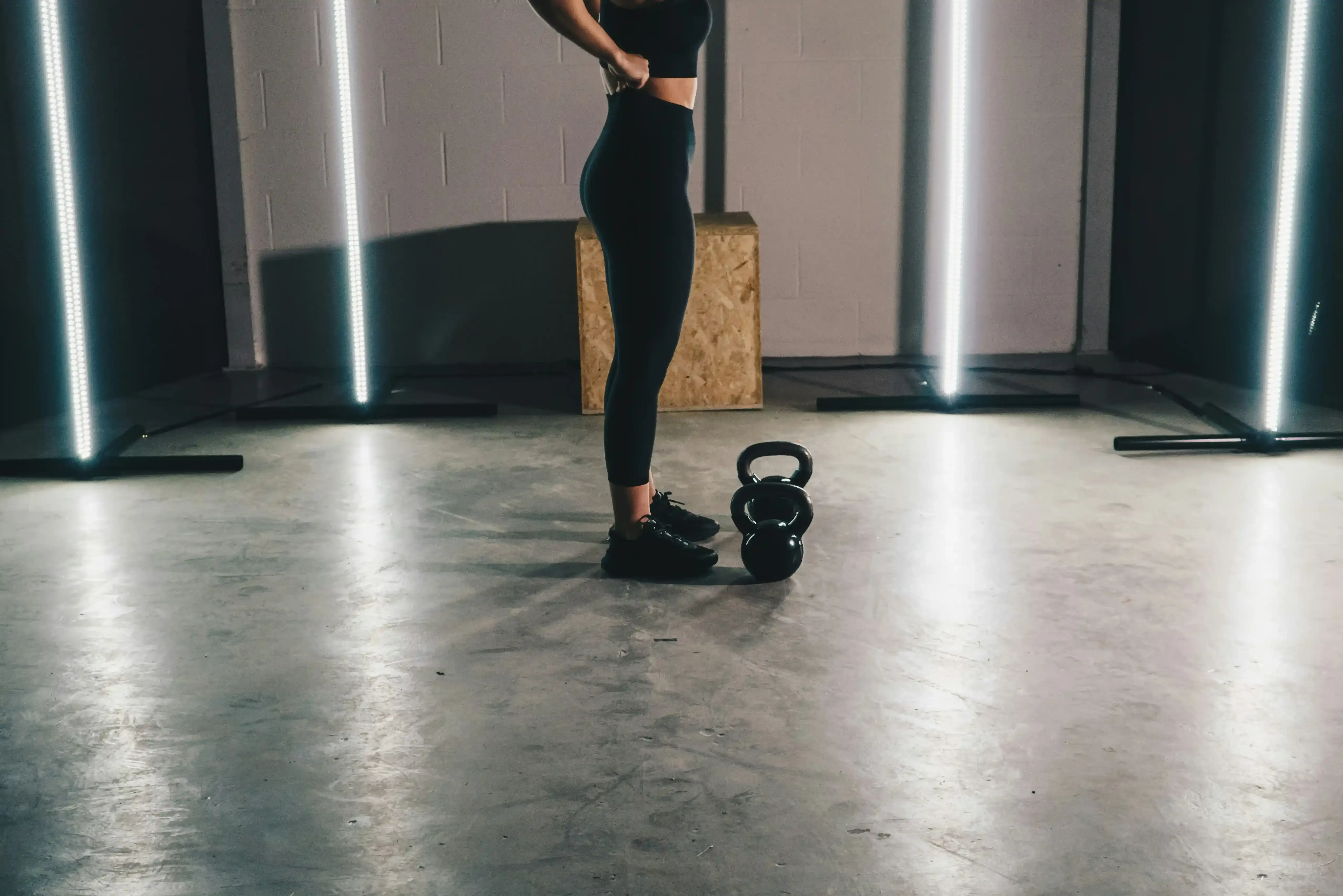Table of Contents
Let's be honest, building seriously strong legs and glutes isn't always the most exciting part of your fitness routine. Maybe you're tired of the same old barbell squats and lunges, or perhaps you feel like you're just going through the motions without seeing real results. If you're looking to kick your lower body training into high gear and challenge your muscles in a new way, it’s time to pick up a kettlebell. These cast-iron cannonballs with handles aren't just for swings; they offer a dynamic, functional approach to building power, strength, and stability from the ground up.
Why Kettlebells Crush it for Leg and Glute Training

Why Kettlebells Crush it for Leg and Glute Training
Unique Load and Leverage
Look, if you've only ever used dumbbells or barbells for squats and deadlifts, you're missing out. Kettlebells offer a totally different feel because of where the weight sits relative to the handle. That offset center of mass means your muscles, especially the ones stabilizing your hips and core, have to work harder just to control the movement. Think about a goblet squat with a kettlebell versus a dumbbell. The kettlebell hangs lower, pulling you forward slightly, which forces your posterior chain – hello, glutes and hamstrings! – to fire up more intensely to keep you upright and stable.
Explosive Power Generation
When we talk about kettlebell workouts for legs and glutes, the swing is the elephant in the room, and for good reason. Nothing builds explosive hip power quite like a proper kettlebell swing. It's not a squat; it's a dynamic hinge driven by your glutes and hamstrings snapping forward. This kind of powerful hip extension is crucial for everything from jumping higher to running faster. This explosive element is often missing from traditional leg day routines and it's a massive benefit kettlebells bring to the table.
- Increased core engagement due to offset weight.
- Develops explosive power through hip hinge movements like the swing.
- Improves grip strength and shoulder stability simultaneously.
- More functional movement patterns mimic real-life activities.
- Challenges balance and coordination.
Beyond Basic Strength: Stability and Endurance
It's not just about how much weight you can lift. Kettlebells force your body to work as a unit, improving coordination and stability alongside raw strength. Exercises like single-leg deadlifts or Turkish get-ups with a kettlebell highlight and iron out muscular imbalances you might not even know you have. Plus, the ballistic nature of many kettlebell movements, like cleans or snatches (even light ones), adds a serious cardiovascular element, turning your leg and glute session into a conditioning workout too. You're not just building bigger muscles; you're building more functional, resilient ones.
Mastering the Moves: Essential Kettlebell Workouts for Legs and Glutes

Mastering the Moves: Essential Kettlebell Workouts for Legs and Glutes
The Hip Hinge King: The Kettlebell Swing
first things first: the kettlebell swing. If you don't learn anything else about kettlebell workouts for legs and glutes, master the swing. It’s not a squat. I see people squatting the bell way too often, and that's just inefficiency sprinkled with potential back pain. A good swing is all about a powerful, explosive hip hinge. Think about snapping your hips forward like you're trying to smack something behind you with your butt. Your arms are just ropes guiding the bell. This move hammers your posterior chain – glutes, hamstrings, lower back – like nothing else. Start light, focus on technique over weight, and feel that snap. It's a game changer for developing power.
Squat Variations That Hit Different
Beyond the swing, kettlebells offer fantastic squat variations. The goblet squat is your best friend here, especially when you're starting out or warming up. Holding the bell at your chest forces you to stay upright and really engage your core. It’s brilliant for reinforcing good squat mechanics. Once you’re comfortable, you can move to racked squats (holding two bells at your shoulders) for more load, or even single-arm racked squats to challenge your core stability even more. Kettlebells just make you work harder to stay balanced compared to a barbell or even dumbbells in some positions.
- **Kettlebell Swing:** Focus on the hip snap, not a squat. Builds explosive power.
- **Goblet Squat:** Excellent for form, core engagement, and targeting quads and glutes.
- **Racked Squat:** Increases load and core challenge, especially with two bells.
- **Single-Arm Racked Squat:** Seriously tests core stability and works each side harder.
Deadlifts, Lunges, and Unilateral Power
Kettlebells shine in unilateral (single-leg) movements, which are crucial for fixing imbalances and building balanced strength. The single-leg Romanian deadlift (RDL) with a kettlebell is brutal in the best way for your hamstrings and glutes, while also demanding serious balance. Hold the bell in the opposite hand of the working leg for an extra core challenge. Kettlebell walking lunges or reverse lunges add resistance while maintaining a natural movement pattern. And don't forget sumo deadlifts – the wide stance with the bell between your legs lets you load up the hips and inner thighs effectively. These variations add depth to your kettlebell workouts for legs and glutes.
Building Your Routine: How to Structure Kettlebell Leg and Glute Sessions

Building Your Routine: How to Structure Kettlebell Leg and Glute Sessions
Starting Strong: Warm-up and Exercise Selection
Alright, so you've got the swings down and you're feeling good about goblet squats. Now, how do you actually put these moves together into a workout that doesn't leave you hobbling for a week? First off, never skip your warm-up. A few minutes of dynamic stretches – think leg swings, hip circles, maybe some light bodyweight squats – gets the blood flowing and prepares your joints. Then, for your actual kettlebell workouts for legs and glutes, think about balance. You want to hit the major movement patterns: the hinge (swings, deadlifts), the squat (goblet, racked), and unilateral work (lunges, single-leg RDLs). Don't try to do everything in one session. Pick 3-5 exercises and focus on quality over quantity.
- Always start with a dynamic warm-up (5-10 minutes).
- Choose 3-5 core kettlebell exercises per session.
- Include a mix of hinge, squat, and unilateral movements.
- Prioritize form, especially with new or heavier weights.
Structuring Your Session: Sets, Reps, and Frequency
How many sets and reps? That depends on your goal. If you're aiming for strength, think lower reps (5-8) with heavier weight, focusing on power and control. For hypertrophy (muscle growth), the classic 8-12 reps works well. If it's endurance or conditioning you're after, higher reps (15+) or timed sets are your friend, perhaps in a circuit format. For your kettlebell workouts for legs and glutes, you can mix and match. Maybe start with heavy swings for power, move to moderate goblet squats for muscle, and finish with higher-rep lunges for endurance. As for frequency, hitting legs and glutes with kettlebells 2-3 times a week is usually plenty, allowing for recovery between sessions. Listen to your body; pushing too hard too often is a fast track to burnout or injury.
Getting Stronger: Tips for Your Kettlebell Leg and Glute Journey

Getting Stronger: Tips for Your Kettlebell Leg and Glute Journey
Progression Isn't Just About Heavier Bells
you've got the basics down and you're feeling pretty good about your kettlebell workouts for legs and glutes. The natural next step is thinking, "Alright, time for a heavier bell!" And yes, lifting heavier weight is absolutely a key way to get stronger. But it's not the *only* way. You can also increase reps with the same weight, add sets, decrease rest times, or even make exercises harder by changing your stance or adding a pause at the bottom. For instance, adding a 2-second pause to your goblet squat at the deepest point will humble you quickly, even with a familiar weight. Don't get stuck just chasing the next size up; play with these variables to keep challenging your muscles and avoid plateaus.
Your Form is Your Foundation (Seriously)
Look, nobody cares how much weight you can swing if it looks like you're trying to throw your back out. Seriously, focus on your form above all else, especially with kettlebell workouts for legs and glutes. A sloppy swing or a collapsed squat isn't just inefficient; it's an express train to injury town. Film yourself if you need to. Get a friend to watch. Feel what a *proper* hip hinge feels like versus bending over. A kettlebell punishes poor form pretty quickly because of its dynamic nature. Don't be afraid to drop the weight if your technique starts to falter. Strength built on a shaky foundation crumbles.
- **Watch Yourself:** Film a few reps from the side and front. Does it match what you *think* you're doing?
- **Listen to Your Body:** Sharp pain is a stop sign, not a suggestion. Muscle soreness is okay, joint pain is not.
- **Slow Down:** For complex moves like the Turkish Get-Up, practice slowly without weight first.
- **Get Feedback:** A good coach or experienced friend can spot things you can't.
Consistency Trumps Everything Else
This isn't rocket science, but it's worth repeating: showing up consistently is more important than having the perfect workout plan or the heaviest kettlebell. Two solid kettlebell workouts for legs and glutes each week, done consistently for months, will yield far better results than sporadic, super-intense sessions. Life happens, sure, but aim for regularity. Pair that with paying attention to recovery – getting enough sleep, eating decent food, staying hydrated. Your muscles don't grow while you're lifting; they grow when you're recovering from lifting. Neglect recovery, and you're just spinning your wheels, maybe even digging yourself into a hole.
Wrapping Up Your Kettlebell Leg & Glute Gains
So, there you have it. Ditching the leg press and grabbing a kettlebell offers a path to building serious lower body strength and power that feels different, and often, more effective for real-world movement. Kettlebell workouts for legs and glutes aren't just about adding weight; they challenge your balance, stability, and core in ways traditional lifting often misses. You've got the moves, the structure, and the tips. Now, the only thing left is putting in the work. Consistency with these dynamic tools will yield results that speak for themselves, building a foundation that's both strong and resilient.